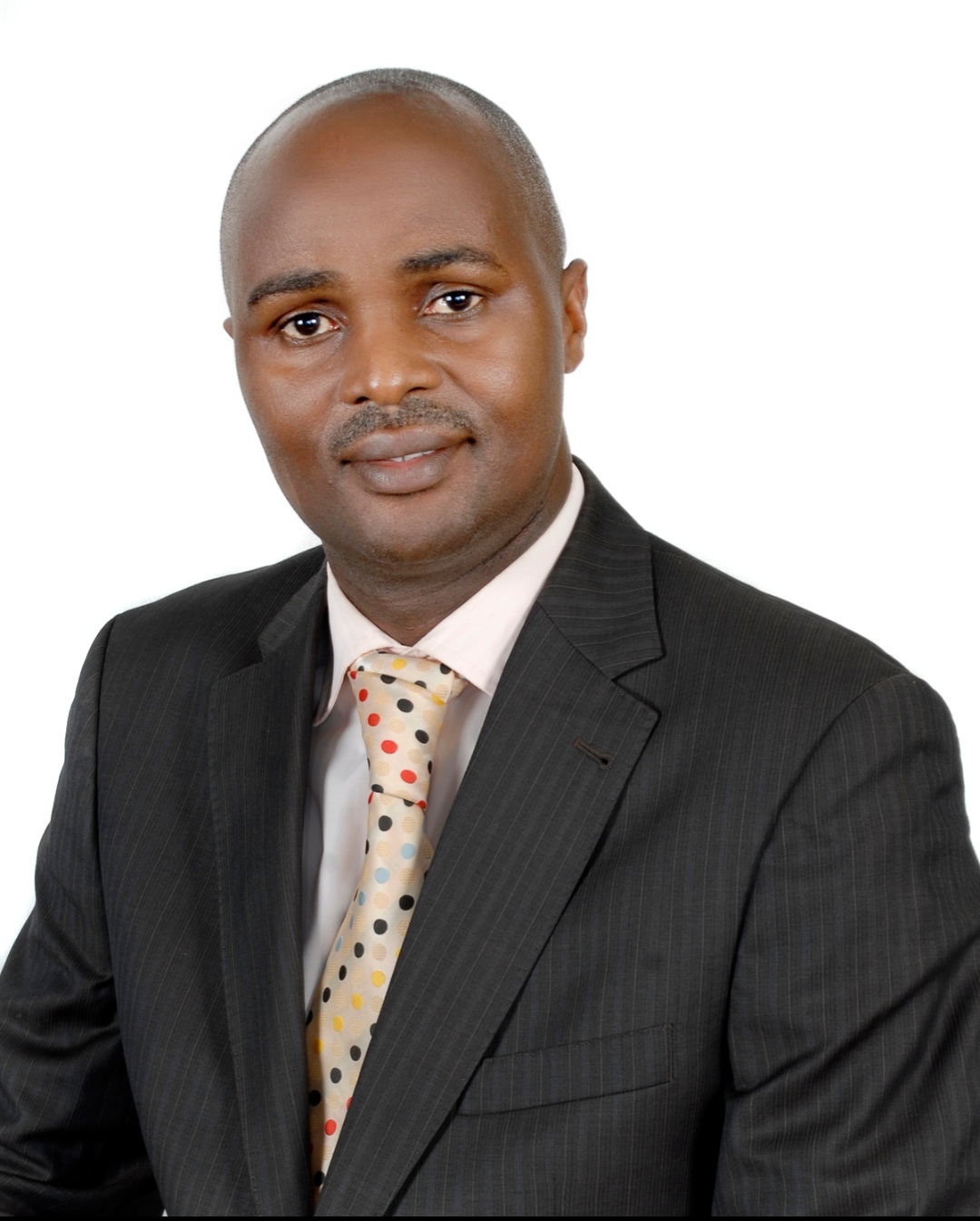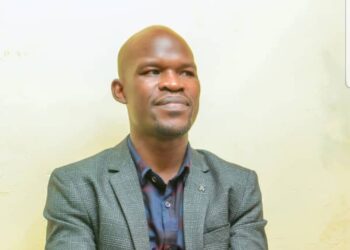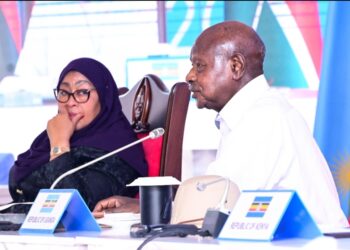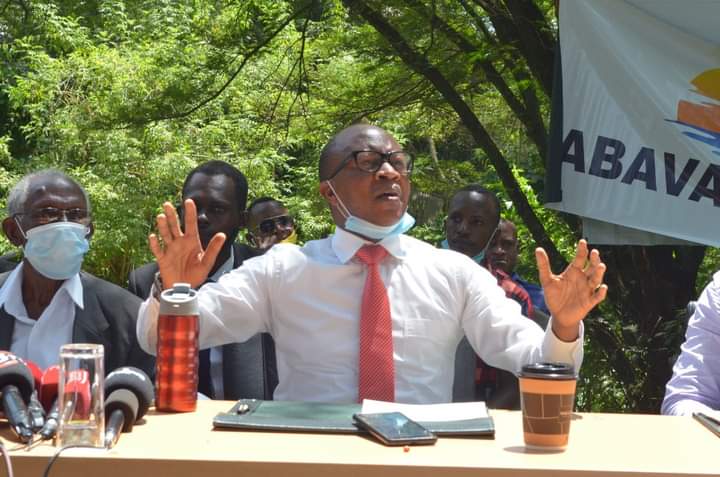In the press release dated 7th April 2020, Ngirabakunzi said that the impact of Coronavirus pandemic will be very harmful in lives of persons with disabilities who are the most vulnerable people and yet in their daily lives depend on third parties such as helpers and guides yet the pandemic strategies require social distance which is partly compromised by the nature of disabilities.
“The directives and any other COVID 19 response should ensure persons with disabilities are not left behind in the fight of the pandemic. Persons with disabilities constitute 12.4 per cent of the population and therefore any intervention and strategy that does not include persons with disabilities will in long run prolong the COVID 19 eradication in Uganda,” he said.
Here are the various disability-specific barriers that the government and other stakeholders need to understand and appreciate while planning and managing COVID 19 response in Uganda.
1. Persons with disabilities are at increased risk of developing more severe symptoms and dying due to weak immune system, inaccessible health care institutions, homelessness, neglect, experiences of discrimination and traumatisation in the systems.
2. Persons with visual impairments, for example, are susceptible to contracting COVID19 since they heavily rely on third parties such as guides/helpers to in their day to day lives. As we are practising social distancing of at least 4 meters, this is hard for persons with visual impairment since they have to depend on support persons while carrying out their daily duties.
3. Communication gaps such as lack of sign language interpreters at the health centres make it hard for deaf people to access proper health facilities since they are not able to effectively communicate with the health workers. The requirement of calling RDCs on phone in case of emergencies will be difficult especially certain categories of persons with disabilities such as the deaf. This implies such categories may go unattended too hence worsening the fight against This situation would be helped by allowing the use of sign language interpreters to accompany them in such circumstances.
4. The inaccessible health centres and facilities make it difficult for the person with disabilities to access the services due to the limited ramps and some of the ramps available do not meet the accessibility standards that are in the Building Control Act. This makes it hard for persons with mobility challenges to access health services especially during this pandemic with the stringent guidelines in place.
5. There exist barriers in accessing health information on how to protect themselves against the virus and how to manage it in case of anything. Some disability categories are disadvantaged for instance the deaf, blind and the Deafblind persons when the information is disseminated inaccessible modes.
6. There is no standard operating procedure or circular on how to deal with vulnerable members of the pubic such as persons with disabilities and specifically pregnant women with disabilities in the COVID 19 response.
7. All the COVID 19 response such as mitigation plans and COVID 19 committees are not having representatives of persons with disabilities to provide expert opinion on disability management.
Do you have a story in your community or an opinion to share with us: Email us at editorial@watchdoguganda.com












